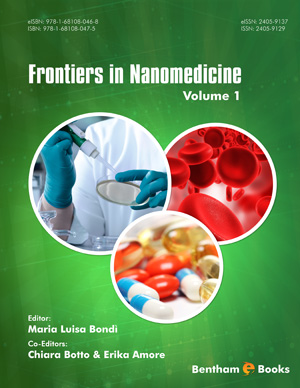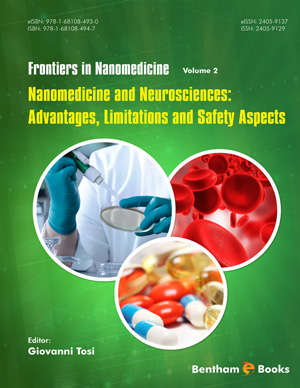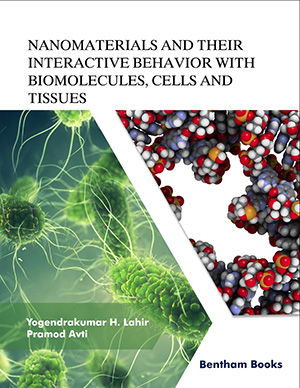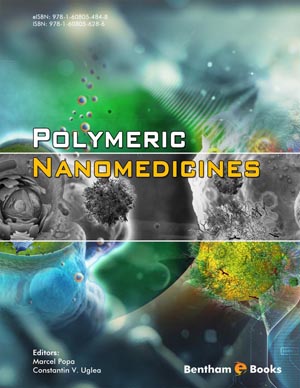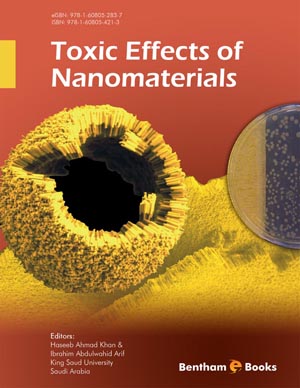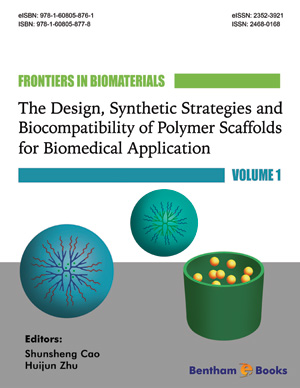Abstract
In this chapter, the relationship of neurobiology and brain circuitry of attention deficit hyperactivity disorder (ADHD) and substance use disorder (SUD) along with the heroin addiction (HD) screening similar genetic was examined. The exacerbation of symptoms of SUD and ADHD is also allied with familial and environmental impressions. High-risk factors of ADHD were repeatedly found amid the kinspersons of ADHD descendants. Family and twin studies suggest that genetic and environmental factors have a great influence accounted for about 70-80% of inheritance. Children of SUD and HD parents showed a high rate of ADHD or vice versa. Smoking during pregnancy is deliberated to be the prevalent risk for expansion of ADHD. SUD in offspring of parents with the same disorder is validated by many studies that recognized the psychopathology and association of affected parents with their children. The chances of developing ADHD in offspring of those parents who are addicted to heroin are at three times and that of SUD are about sixteen times elevated rates than those having parents with controlled demographic characteristics and proband’s comorbidity. The drug purification and withdrawal of SUD often simulate the symptoms of ADHD. The relationship between ADHD and SUD is somewhat complex and multi-faceted. Neuroadaptation in reward and stress pre-dispose an individual to SUD, ADHD, or both are altered. However, a deeper understanding of an alteration in the development of the cortico-cortical and sub-cortical network as ADHD progresses would help in deciding whether dysfunctions of the brain network are the main cause in the pathophysiology of ADHD. Future studies should be more oriented towards the association between cortical, subcortical regions and more resources should be used. The basic action of the herb is to treat the physiological, neurological, and performance parameters. These actions cover the people who are suffering from ADHD and many herbal medicines were used to recognize the stimulant actions. The fresh leaves are usually used for performing different activities like anti-spasmodic activity as well as a nutritive nerve tonic. Sedative and stimulating herbs in different combinations are generally used in naturopathic and also in the herbal practice to cure ADHD. The investigation of different stimulants and activities of the herb is used to check the motor functions and performance in the anxiety and anxiety-related disorders’ treatment modalities.
Keywords: Attention Deficit Hyperactivity Disorder, Nanotherapeutics, Substance Use Disorder, Treatment.




